Travelers 2014 Annual Report Download - page 149
Download and view the complete annual report
Please find page 149 of the 2014 Travelers annual report below. You can navigate through the pages in the report by either clicking on the pages listed below, or by using the keyword search tool below to find specific information within the annual report.-
 1
1 -
 2
2 -
 3
3 -
 4
4 -
 5
5 -
 6
6 -
 7
7 -
 8
8 -
 9
9 -
 10
10 -
 11
11 -
 12
12 -
 13
13 -
 14
14 -
 15
15 -
 16
16 -
 17
17 -
 18
18 -
 19
19 -
 20
20 -
 21
21 -
 22
22 -
 23
23 -
 24
24 -
 25
25 -
 26
26 -
 27
27 -
 28
28 -
 29
29 -
 30
30 -
 31
31 -
 32
32 -
 33
33 -
 34
34 -
 35
35 -
 36
36 -
 37
37 -
 38
38 -
 39
39 -
 40
40 -
 41
41 -
 42
42 -
 43
43 -
 44
44 -
 45
45 -
 46
46 -
 47
47 -
 48
48 -
 49
49 -
 50
50 -
 51
51 -
 52
52 -
 53
53 -
 54
54 -
 55
55 -
 56
56 -
 57
57 -
 58
58 -
 59
59 -
 60
60 -
 61
61 -
 62
62 -
 63
63 -
 64
64 -
 65
65 -
 66
66 -
 67
67 -
 68
68 -
 69
69 -
 70
70 -
 71
71 -
 72
72 -
 73
73 -
 74
74 -
 75
75 -
 76
76 -
 77
77 -
 78
78 -
 79
79 -
 80
80 -
 81
81 -
 82
82 -
 83
83 -
 84
84 -
 85
85 -
 86
86 -
 87
87 -
 88
88 -
 89
89 -
 90
90 -
 91
91 -
 92
92 -
 93
93 -
 94
94 -
 95
95 -
 96
96 -
 97
97 -
 98
98 -
 99
99 -
 100
100 -
 101
101 -
 102
102 -
 103
103 -
 104
104 -
 105
105 -
 106
106 -
 107
107 -
 108
108 -
 109
109 -
 110
110 -
 111
111 -
 112
112 -
 113
113 -
 114
114 -
 115
115 -
 116
116 -
 117
117 -
 118
118 -
 119
119 -
 120
120 -
 121
121 -
 122
122 -
 123
123 -
 124
124 -
 125
125 -
 126
126 -
 127
127 -
 128
128 -
 129
129 -
 130
130 -
 131
131 -
 132
132 -
 133
133 -
 134
134 -
 135
135 -
 136
136 -
 137
137 -
 138
138 -
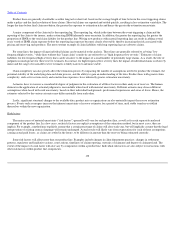 139
139 -
 140
140 -
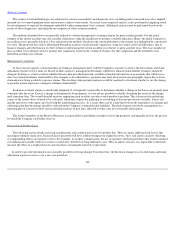 141
141 -
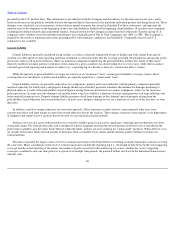 142
142 -
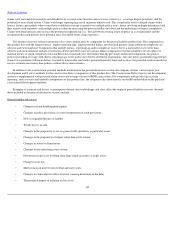 143
143 -
 144
144 -
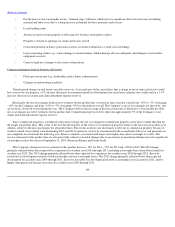 145
145 -
 146
146 -
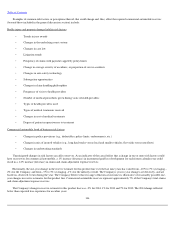 147
147 -
 148
148 -
 149
149 -
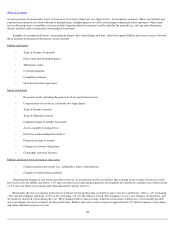 150
150 -
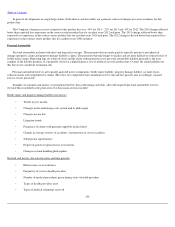 151
151 -
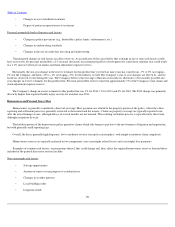 152
152 -
 153
153 -
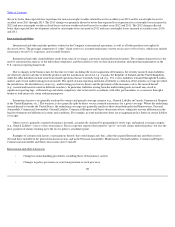 154
154 -
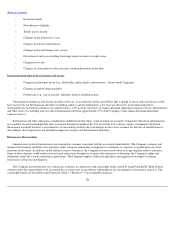 155
155 -
 156
156 -
 157
157 -
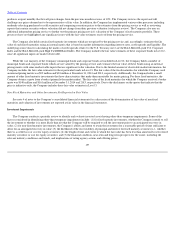 158
158 -
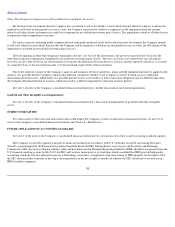 159
159 -
 160
160 -
 161
161 -
 162
162 -
 163
163 -
 164
164 -
 165
165 -
 166
166 -
 167
167 -
 168
168 -
 169
169 -
 170
170 -
 171
171 -
 172
172 -
 173
173 -
 174
174 -
 175
175 -
 176
176 -
 177
177 -
 178
178 -
 179
179 -
 180
180 -
 181
181 -
 182
182 -
 183
183 -
 184
184 -
 185
185 -
 186
186 -
 187
187 -
 188
188 -
 189
189 -
 190
190 -
 191
191 -
 192
192 -
 193
193 -
 194
194 -
 195
195 -
 196
196 -
 197
197 -
 198
198 -
 199
199 -
 200
200 -
 201
201 -
 202
202 -
 203
203 -
 204
204 -
 205
205 -
 206
206 -
 207
207 -
 208
208 -
 209
209 -
 210
210 -
 211
211 -
 212
212 -
 213
213 -
 214
214 -
 215
215 -
 216
216 -
 217
217 -
 218
218 -
 219
219 -
 220
220 -
 221
221 -
 222
222 -
 223
223 -
 224
224 -
 225
225 -
 226
226 -
 227
227 -
 228
228 -
 229
229 -
 230
230 -
 231
231 -
 232
232 -
 233
233 -
 234
234 -
 235
235 -
 236
236 -
 237
237 -
 238
238 -
 239
239 -
 240
240 -
 241
241 -
 242
242 -
 243
243 -
 244
244 -
 245
245 -
 246
246 -
 247
247 -
 248
248 -
 249
249 -
 250
250 -
 251
251 -
 252
252 -
 253
253 -
 254
254 -
 255
255 -
 256
256 -
 257
257 -
 258
258 -
 259
259 -
 260
260 -
 261
261 -
 262
262 -
 263
263 -
 264
264 -
 265
265 -
 266
266 -
 267
267 -
 268
268 -
 269
269 -
 270
270 -
 271
271 -
 272
272 -
 273
273 -
 274
274 -
 275
275 -
 276
276 -
 277
277 -
 278
278 -
 279
279 -
 280
280 -
 281
281 -
 282
282 -
 283
283 -
 284
284 -
 285
285 -
 286
286 -
 287
287 -
 288
288 -
 289
289 -
 290
290 -
 291
291 -
 292
292 -
 293
293 -
 294
294 -
 295
295 -
 296
296 -
 297
297 -
 298
298 -
 299
299 -
 300
300 -
 301
301 -
 302
302 -
 303
303 -
 304
304 -
 305
305 -
 306
306 -
 307
307 -
 308
308 -
 309
309 -
 310
310 -
 311
311 -
 312
312 -
 313
313 -
 314
314 -
 315
315 -
 316
316 -
 317
317 -
 318
318 -
 319
319 -
 320
320 -
 321
321 -
 322
322 -
 323
323 -
 324
324 -
 325
325 -
 326
326 -
 327
327 -
 328
328 -
 329
329 -
 330
330 -
 331
331 -
 332
332 -
 333
333 -
 334
334 -
 335
335 -
 336
336 -
 337
337 -
 338
338 -
 339
339 -
 340
340 -
 341
341 -
 342
342 -
 343
343 -
 344
344 -
 345
345 -
 346
346 -
 347
347 -
 348
348 -
 349
349 -
 350
350 -
 351
351 -
 352
352 -
 353
353 -
 354
354 -
 355
355 -
 356
356 -
 357
357 -
 358
358 -
 359
359 -
 360
360 -
 361
361 -
 362
362 -
 363
363 -
 364
364 -
 365
365 -
 366
366
 |
 |

Table of Contents
General workers' compensation risk factors
•
Frequency of claim reopenings on claims previously closed
•
Mortality trends of injured workers with lifetime benefits and medical treatment
•
Degree of cost shifting between workers' compensation and health insurance, including Medicare, and the impact, if any, of the
Affordable Care Act
Workers' compensation book of business risk factors
•
Product mix
•
Injury type mix
•
Changes in underwriting standards
Unanticipated changes in risk factors can affect reserves. As an indicator of the causal effect that a change in one or more risk factors could
have on reserves for workers' compensation, a 1% increase (decrease) in incremental paid loss development for each future calendar year could
result in a 1.3% increase (decrease) in claims and claim adjustment expense reserves.
Historically, the one
-
year change in the reserve estimate for this product line over the last nine years has varied from –2% to 1% (averaging
0%) for the Company, and from –2 to 2% (averaging 0%) for the industry overall. The Company's year
-
to
-
year changes are driven by, and are based
on, observed events during the year. The Company believes that its range of historical outcomes is illustrative of reasonably possible one
-
year
changes in reserve estimates for this product line. Workers' compensation reserves represent approximately 37% of the Company's total claims and
claim adjustment expense reserves.
The Company's change in reserve estimate for this product line was 0% for 2014, –1% in 2013 and –2% in 2012. The 2012 change was primarily
driven by better than expected frequency and severity related to lifetime medical claims for accident years 2008 and prior.
Fidelity and Surety
Fidelity is generally considered a short tail coverage. It takes a relatively short period of time to finalize and settle most fidelity claims. The
volatility of fidelity reserves is generally related to the type of business of the insured, the size and complexity of the insured's business operations,
amount of policy limit and attachment point of coverage. The uncertainty surrounding reserves for small, commercial insureds is typically less than
the uncertainty for large commercial or financial institutions. The high frequency, low severity nature of small commercial fidelity losses provides
for stability in loss estimates, whereas the low frequency, high severity nature of losses for large insureds results in a wider range of ultimate loss
outcomes. Actuarial techniques that rely on a stable pattern of loss development are generally not applicable to low frequency, high severity
claims.
Surety has certain components that are generally considered short tail coverages with short reporting lags, although large individual
construction and commercial surety contracts can result in a long settlement tail, based on the length and complexity of the construction project(s)
or commercial transaction being insured. (Large construction projects can take many years to complete.) The frequency of losses in surety
generally correlates with economic cycles as the primary cause of surety loss is the inability of an insured to fulfill its contractual obligations. The
Company actively seeks to mitigate this exposure to loss through disciplined risk selection, adherence to underwriting standards and ongoing
monitoring of contractor progress in significant construction projects. The volatility of surety losses is generally related to the type of business
performed by the insured, the type of bonded obligation, the amount of limit exposed to loss and the amount of assets available to the insurer to
mitigate losses, such as unbilled contract funds, collateral, first and third party indemnity, and other
148
